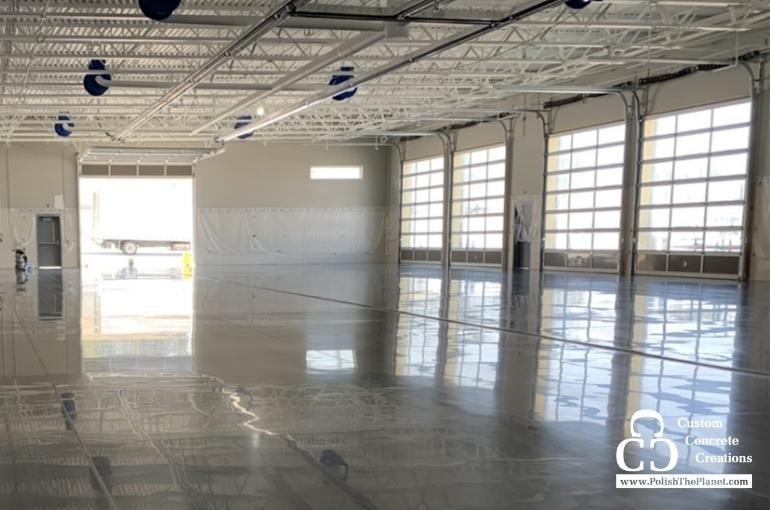
Summer is an ideal time for many concrete contractors to be working, however you will need to be adaptable to pouring concrete in summer weather conditions. The optimal pouring temperature for concrete ranges from 40 to 60 degrees, and when it reaches 77 degrees, you’ll start to notice water evaporating, and you’ll need to develop a plan to negate high heat temperatures. Anything above 90 degrees is considered hot weather and will make it difficult to pour concrete that will be strong and resistant to cracks.
Hot weather can make it difficult to pour concrete, and although it may not be ideal, it’s not impossible. Set times also vary on temperature. When it’s 100 degrees outside, concrete can set in as little as an hour and a half, compared to when it’s 50 degrees out and concrete takes 11 hours to set. Once you know how hot weather affects your concrete, you can figure out how to work around potential problems. Below we give you some advice on how to combat this.
How to prepare concrete to be poured in hot weather
There are some potential problems that can occur when pouring concrete in hot temperatures. Since the concrete sets faster, you’ll need to be working faster. When concrete cures too quickly, the surface becomes susceptible to cracks. Water evaporates in higher temperatures as well, and water is needed to keep the concrete from drying out. Concrete that hardens in higher temperatures is not as strong as concrete that is set in lower temperatures.
You don’t need to worry about sitting out or postponing your next pour. To increase the strength of the concrete, you can add other chemicals. A set-retarding admixture can help, as it delays the chemical reaction that happens during setting, giving you more time to finish. Using ice instead of water is also a great idea that produces a very similar result. You could also add liquid nitrogen to the mix, use it to cool your aggregates, or even put it directly on the concrete.
Tips for concrete contractors when pouring concrete in hot weather
Planning ahead and taking the set time into consideration is key. You can defeat the heat and humidity with these tips!
-
Avoid pouring in the hottest part of the day. Pouring in the early morning or late evening hours works best.
-
Make shade. Use sunshades, windbreaks, or other means to cover the new concrete pour. Also, store the bags of concrete in shaded areas, too.
-
Dampen the subgrade before pouring. This way it won’t absorb water from the mixture.
-
Add ice to the mixture. This can help cool down the temperatures. Once you add ice and water, be sure to reduce the mixing time.
It’s possible to pour concrete during the hot summer months when the right steps are taken and concrete contractors work quickly. Our concrete experts know the ins and outs of concrete flooring and design. Contact us for assistance with your upcoming summer projects!
